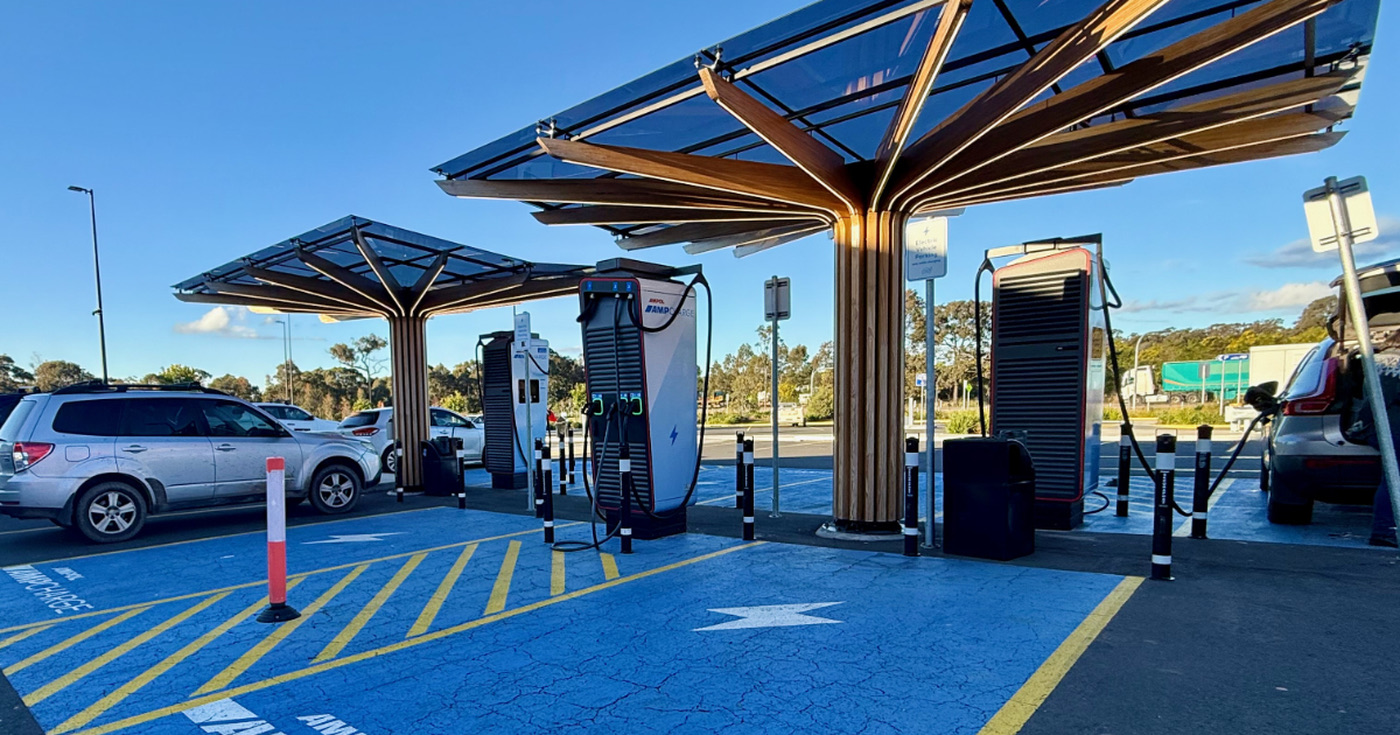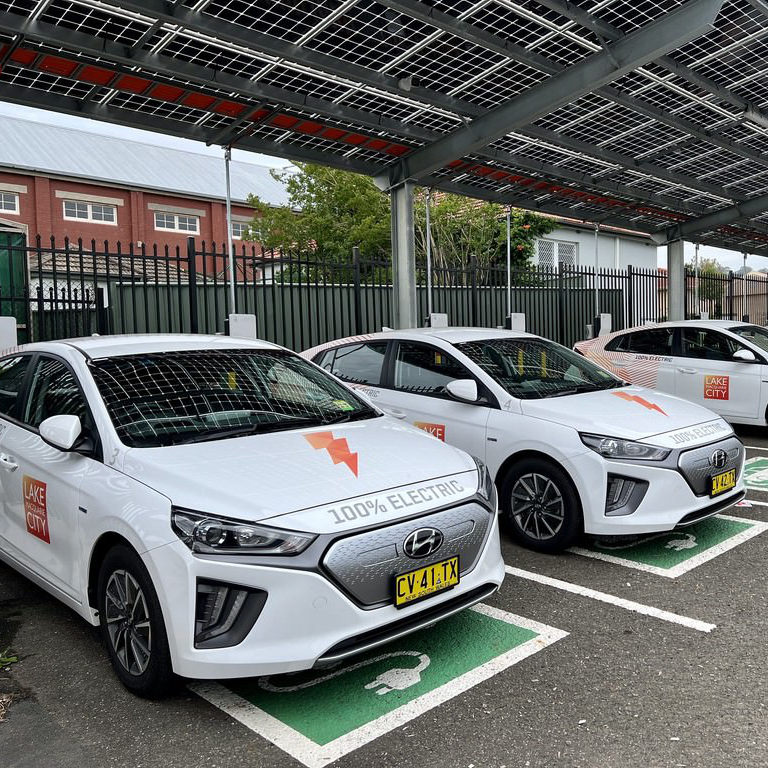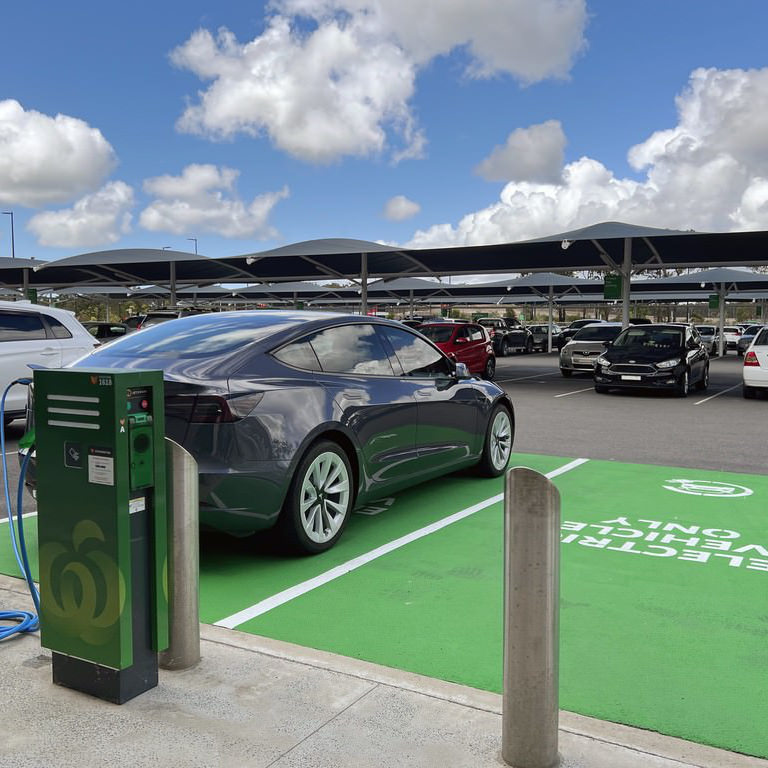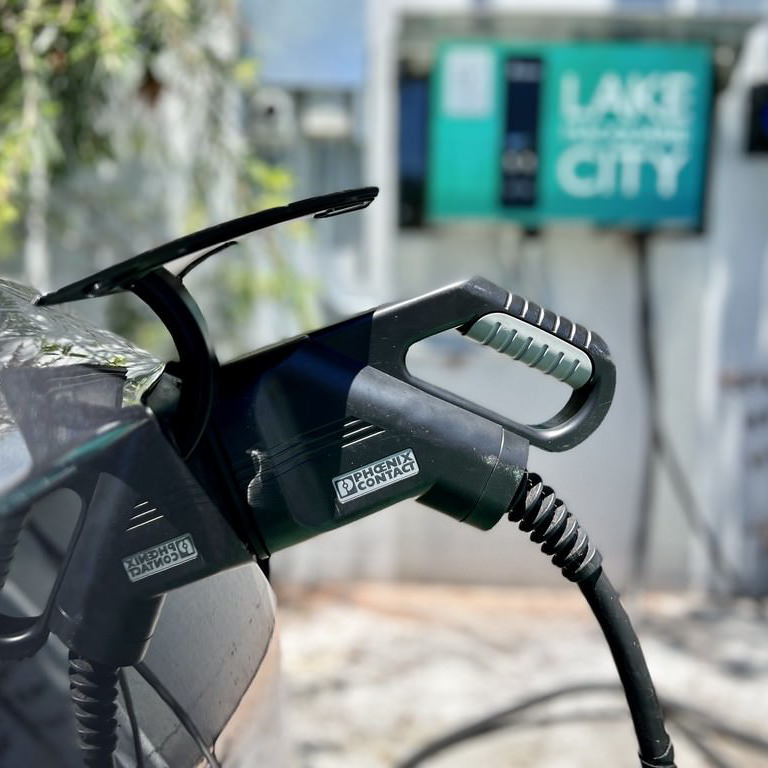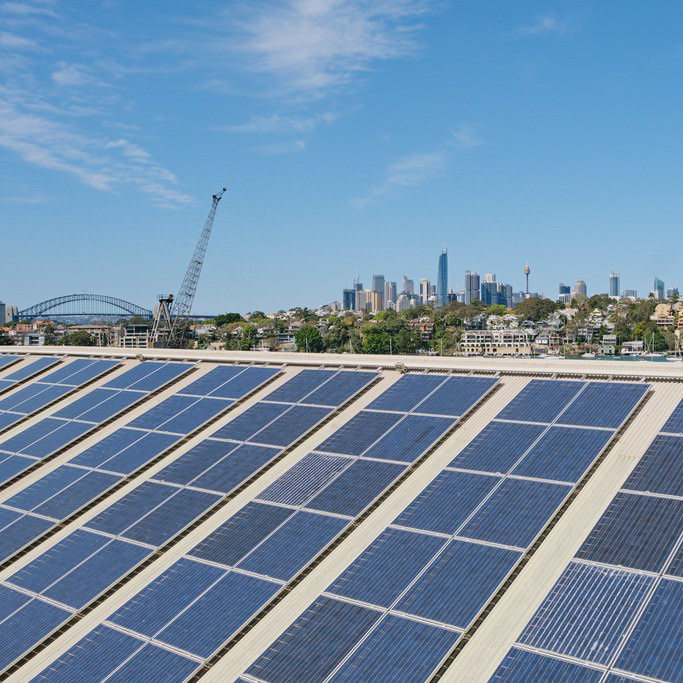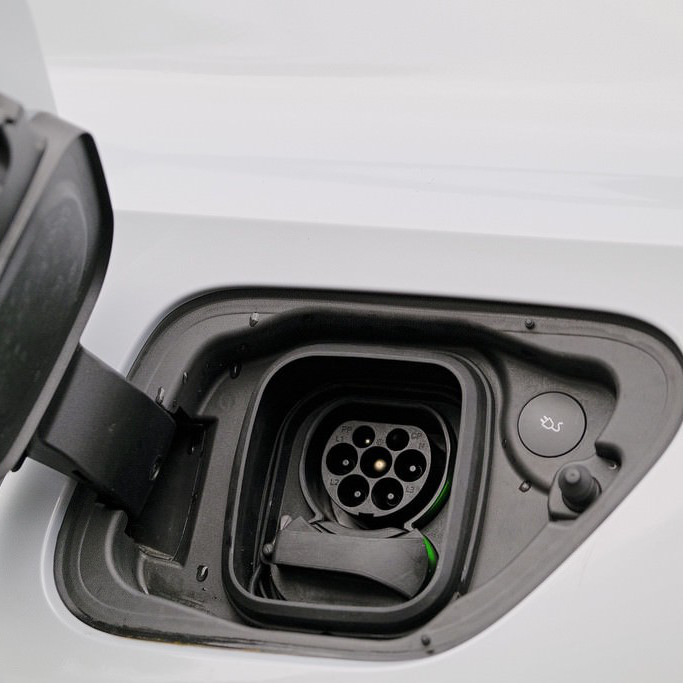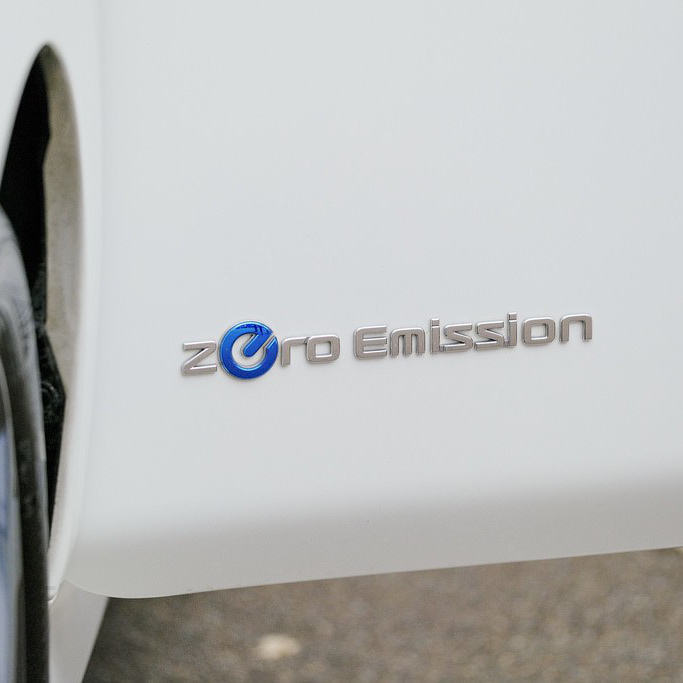June 2025
The federal government has announced a $100 million loan to install EV chargers and solar panels at Bunnings and Officeworks stores, expanding access and making it easier than ever for shoppers to “grab a sausage and a charge.” This push comes as the global EV market share hits an all-time high of 16.75%, with more than 20% of new cars sold worldwide now electric—a leap driven in large part by China’s mainstreaming of affordable EVs. Locally, NSW is rolling out 300 new fast charging ports, keeping pace with booming demand and helping dispel persistent myths about EV ownership—like the widespread but incorrect belief that EVs are more fire-prone than gas cars, a claim debunked by recent data. The NRMA’s latest cost analysis reveals that EV ownership is becoming more affordable, especially as options expand to include luxury models like the Polestar 3 and practical sedans like Kia’s new EV4, which boasts an impressive 630km range. Innovation is everywhere: Nissan Leaf batteries are getting a second life as storage at Rome Airport, Utrecht is pioneering vehicle-to-grid car sharing, and new research shows electric cars slash brake dust emissions by 83%. Yet, even as the technology surges ahead, Australia faces sobering road safety statistics and surveys revealing that many drivers remain unconvinced or misinformed about EVs—highlighting the importance of ongoing education, support, and handy mobile apps to map the way to a cleaner, safer transport future.
See News

